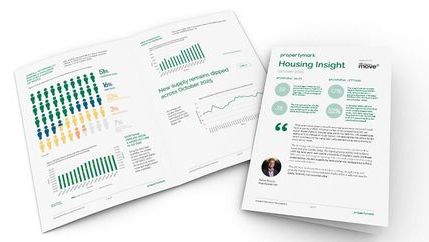
Energy efficiency
Property type impacts energy efficiency, as highlighted in the report which showed that — on average — flats and maisonettes were the most energy-efficient property type for all dwellings in both England and Wales.
Detached dwellings scored the lowest in Wales while in England detached and semi-detached were joint lowest.
Additionally, the report found that rented properties within the social housing sector had the highest median energy efficiency scores in England and Wales, with private rental properties emerging as the tenure that had the lowest median energy efficiency scores when property type is considered.
Energy efficiency
The UK housing stock is amongst the least energy efficient in Europe and the Committee on Climate Change says that energy use in homes accounts for about 14 per cent of UK greenhouse gas emissions. Non-domestic buildings account for around one-third of UK emissions from the building stock.
Financial support for landlords
Despite being the smallest housing tenure in England, properties within the social rented sector have historically received significantly more funding to improve energy efficiency than incentives made available to those within the private rented sector (PRS).
Given the findings presented by the ONS, Propertymark has long called for the UK Government to implement an energy efficiency strategy that recognises that a ‘one-size fits all’ approach is not appropriate. Measures must account for differing factors such as property type, age, and condition, and a long-term, costed and a well-funded plan is needed to encourage households and landlords to make energy efficiency improvements to their properties.
With 4.4 million households in England alone being provided by the PRS, increased funding and resources need to be diverted by the UK Government if it is to see like-for-like improvements.






